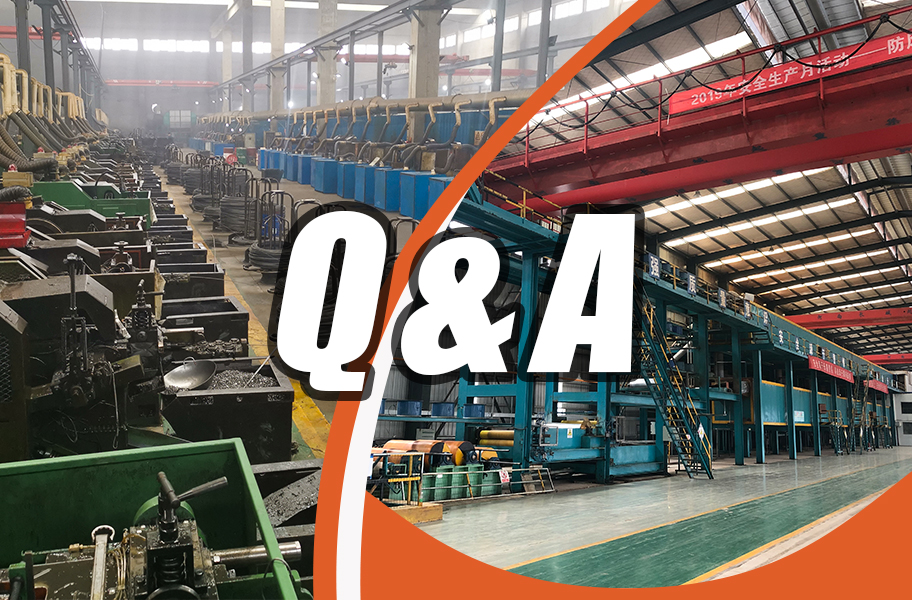
Determining whether round or square pipe is better depends on the specific application and requirements. Here are some considerations for both:
- Strength: Round pipes tend to distribute pressure more evenly throughout the pipe wall, making them stronger and less prone to buckling under compression.
- Flow characteristics: Round pipes generally provide better flow characteristics for fluids compared to square pipes. This is because the circular shape minimizes resistance to flow.
- Handling: Round pipes are often easier to handle and transport due to their smooth, symmetrical shape.
Square Pipe:
- Space efficiency: Square pipes can be more space-efficient for certain applications, as they can fit into corners and tight spaces more easily than round pipes.
- Structural applications: Square pipes are often preferred for structural applications where right angles are needed, such as in building frames or support structures.
- Welding: Square pipes can be easier to weld at right angles, providing better joint integrity for certain applications.
Ultimately, the choice between round and square pipe depends on factors such as the specific application, structural requirements, flow characteristics, and personal preferences. Both types of pipes have their advantages and are suitable for different purposes.

Round pipes are typically manufactured through a process called pipe rolling or pipe extrusion, depending on the material and the specific requirements of the application. Here’s an overview of each method:
- Pipe Billet Preparation: Round metal pipes are typically made from cylindrical billets of metal. These billets can be sourced from various materials such as steel, aluminum, copper, or other alloys. The billets are often produced through processes like casting or extrusion.
- Piercing or Rotary Piercing: In this step, the billet is heated to a high temperature to increase its malleability. Then, it is pierced with a mandrel or piercing mill to create a hollow shell. Alternatively, in rotary piercing, the billet is rotated and pierced with a pointed tool, gradually forming the shell.
- Pipe Rolling: The pierced hollow shell is then passed through a series of rollers in a rolling mill. These rollers gradually reduce the diameter and increase the length of the shell, shaping it into a seamless round pipe. This process may involve multiple passes through different sets of rollers to achieve the desired dimensions and thickness.
- Sizing and Finishing: After the initial rolling, the round pipe may undergo further sizing and shaping processes to meet specific dimensional requirements. This can include passing the pipe through additional rollers or dies to achieve precise dimensions and a smooth surface finish.
- Cooling and Cutting: Once the round pipe has been formed to the desired specifications, it is cooled using water or air to set its shape and properties. It is then cut to the required lengths using saws or shearing machines.
- Finishing Touches: Depending on the application and customer requirements, the round pipes may undergo additional finishing processes such as straightening, heat treatment, surface coating (e.g., painting, galvanizing), or inspection for quality control.
Overall, the process of making round metal pipes involves shaping cylindrical billets into seamless tubes through piercing, rolling, sizing, and finishing operations, resulting in versatile products used in various industries such as construction, automotive, infrastructure, and manufacturing.



